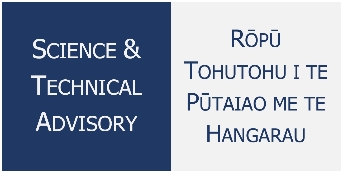
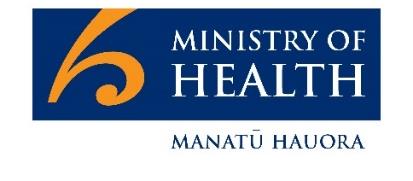
Document 1
Kōrero Pūtaiao (Science Chat)
About vaccines: efficacy, effectiveness, transmission and
immunity
1982
This article first appeared in CSU 26 Covid-19 Science Updates 26 March 2021. Covid-19 Science Updates are
prepared by the Science and Technical Advisory Team within the Ministry of Health.
Act
Covid-19 Science Updates context and disclaimer: Covid-19 Science Updates contain topical talking points, science
advice and research and are intended as a high-level overview. The topics in them are assembled ‘at pace’ often
under urgency and may be based on reports that are not peer-reviewed. Both the content and ‘our thinking’
components of Covid-19 Science Updates represent science commentary at a single point in time – information may
or may not align with Ministry of Health positions or priorities.
Introduction
Following approval of the Pfizer/BioNTech vaccination by Medsafe, the New Zealand COVID-19 Immunisation
Programme began in February with the immunisation of border workers and their household contacts. The
Information
question of whether or not vaccination may reduce transmission of virus versus purely protection against
COVID-19-related diease has been of high public interest for some time. A recent opinion piece in the BMJ1
discusses vaccine efficacy measures, highlighting what vaccine efficacy actually tells us and what we can infer
from it.
Vaccine efficacy compares the rates of disease between vaccinated and unvaccinated people as assessed in
controlled clinical trials, conducted as part of vaccine development and approval. Vaccine effectiveness also
Official
compares the rates of disease between vaccinated and unvaccinated people but differs in that it is measured
in real-world scenarios once the vaccine is approved for use and rolled out in the general population. This
report briefly discusses both vaccine efficacy and vaccine effectiveness, as well as measures of
the
transmissibility, in the context of population immunity.
Vaccine efficacy
under
Hospitalisation and death due to COVID-19 are key clinical outcomes that we seek to prevent through
vaccination. However, vaccine efficacy for these outcomes is difficult to assess directly in clinical trials, largely
because these outcomes occur less frequently than mild-to-moderate disease, particularly among the trial
populations who were generally following public health control measures. For example, in the
Pfizer/BioNTech Phase III clinical trial there were only 10 cases of severe COVID-19 disease. Although severe
disease is a clinical outcome of great interest, a vaccine trial would need to be much larger and/or require
longer follow-up to have enough statistical power to measure efficacy against severe disease. The approach
taken by vaccine developers is therefore one that balances clinical relevance with feasibility.
Released
When we look at the efficacy for a COVID-19 vaccine as reported from phase III trials then, what we are
seeing is the reported effect of a vaccine on a ‘meaningful clinical outcome’. This is usually laboratory
confirmed symptomatic disease - both mild and moderate symptoms and can be used to infer the efficacy of
the vaccine against severe disease. Furthermore, the real-world data we have on COVID-19 vaccines supports
this being the case.
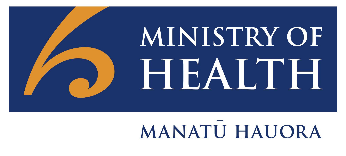
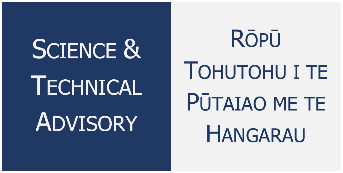
Document 1
Vaccine efficacy for preventing SARS-CoV-2 infection (symptomatic and asymptomatic) is another outcome of
interest, as we are keen to know the potential impact of the vaccine in slowing transmission of the virus. This
is hard to reliably measure in the context of vaccine trials, however, and was not the original outcome of
interest. Measuring the impact of vaccination on transmissibility in a clinical trial would require frequent PCR
screening, viral culture, and/or serology testing for each of the tens of thousands of trial participants, and
therefore delay vaccine development.
1982
Vaccine effectiveness
Act
In contrast to vaccine efficacy, vaccine effectiveness is measured once the vaccine is approved for use in the
general population and rolled out. It refers to the ability of the vaccine to prevent outcomes of interest in
the ‘real world’. In this real-world evaluation, the characteristics of those vaccinated, such as their age,
comorbidities, and their prior exposure to the disease allows the benefits of vaccination in specific
subgroups of the population to be determined. We can also gain an understanding of the impact of
vaccination on transmissibility.
Recent real-world data from Israel where the Pfizer/BioNTech vaccine is in wide use has provided us with the
first evidence for the effectiveness of the vaccine against COVID-19. An observational study published in the
New England Journal of Medicine estimated the vaccine effectiveness (7 days after the second dose) as 94%
Information
against symptomatic infection and provided valuable insights into effectiveness against severe COVID-19
disease.2 Of note, the study recorded a total of 229 cases of severe disease – 55 in the vaccinated group and
174 cases amongst those unvaccinated. In addition, the study estimated the effectiveness of the
Pfizer/BioNTech vaccine against viral infection was 92%. Data from another observational study in Israel,3
found that those vaccinated with the Pfizer/BioNTech vaccine who contracted COVID-19 infections had
lower viral loads than those people with COVID-19 who had not been vaccinated. This real-world data
provides further optimism about the benefits of vaccination with the Pfizer/BioNtech vaccine in terms of
Official
reducing both transmission and disease severity.
the
Achieving population immunity Population (‘herd’) immunity is a theoretical concept defined as achieved when enough people have been
infected with a disease or have been vaccinated, such that the infectious disease stops spreading.
under
Population immunity helps protect people in the population who are not vaccinated including those at risk
of more severe disease who are not able to be vaccinated (people with certain conditions or with
weakened immune systems) and those who may choose not to receive the vaccine.
While clearly desirable, it is too early to determine the exact proportion of a population that needs to be
vaccinated to confer or approximate population immunity. The efficacy of the vaccine and its duration of
protection are important factors, and evidence of the duration of protection from vaccination and infection
are still emerging.
Released
Another key factor affecting population-level immunity is the transmissibility of the disease and whether or
not vaccines prevent transmission. For SARS-CoV-2 we know, for example, that the emergence of new
variants may change the equation for estimating population-level protection if they have increased
transmissibility, or immune escape from vaccines. It is also likely that the rate of transmission is higher in
more densely populated areas and in groups of people with a typically greater number of contacts with
others, such as people who reside in multigenerational households.
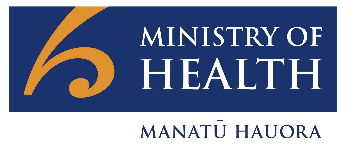
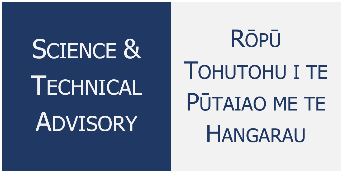
Document 1
Concluding comments
Communicating the potential population-level benefits of vaccination, along with known individual
protection will be important to encourage participation in the vaccination programme. Population
immunity will be limited if there are large pockets of the community that choose to be unvaccinated. How
the act of being vaccinated may change human behaviour and increase interactions, especially if travel
resumes, needs to also to be considered. The many factors that influence population-level immunity make
1982
creating targets difficult, which is why it is important to vaccinate as many people as possible; emphasising
the benefits of individual protection and the likely impact on transmission.
Act
References
Information
1. Dean, N. & Madewell, Z.
Understanding the spectrum of vaccine efficacy measures. BMJ Opinion. March 5,
2021
. https://blogs.bmj.com/bmj/2021/03/05/understanding-the-spectrum-of-vaccine-efficacy-
measures/?utm_source=twitter&utm_medium=social&utm_term=hootsuite&utm_content=sme&utm_cam
paign=usage
2. Dagan, N., Barda, N., Kepten, E., et al.
BNT162b2 mRNA Covid-19 Vaccine in a Nationwide Mass Vaccination
Official
Setting. N Engl J Med. February 24, 2021. DOI: 10.1056/NEJMoa2101765
https://www.nejm.org/doi/full/10.1056/NEJMoa2101765
3. Levine-Tiefenbrun M., Yelin I., Katz R., et al.
Decreased SARS-CoV-2 viral load following vaccination. medRxiv.
the
February 8, 2021. do
i: https://doi.org/10.1101/2021.02.06.21251283
https://www.medrxiv.org/content/10.1101/2021.02.06.21251283v1
under
Released





